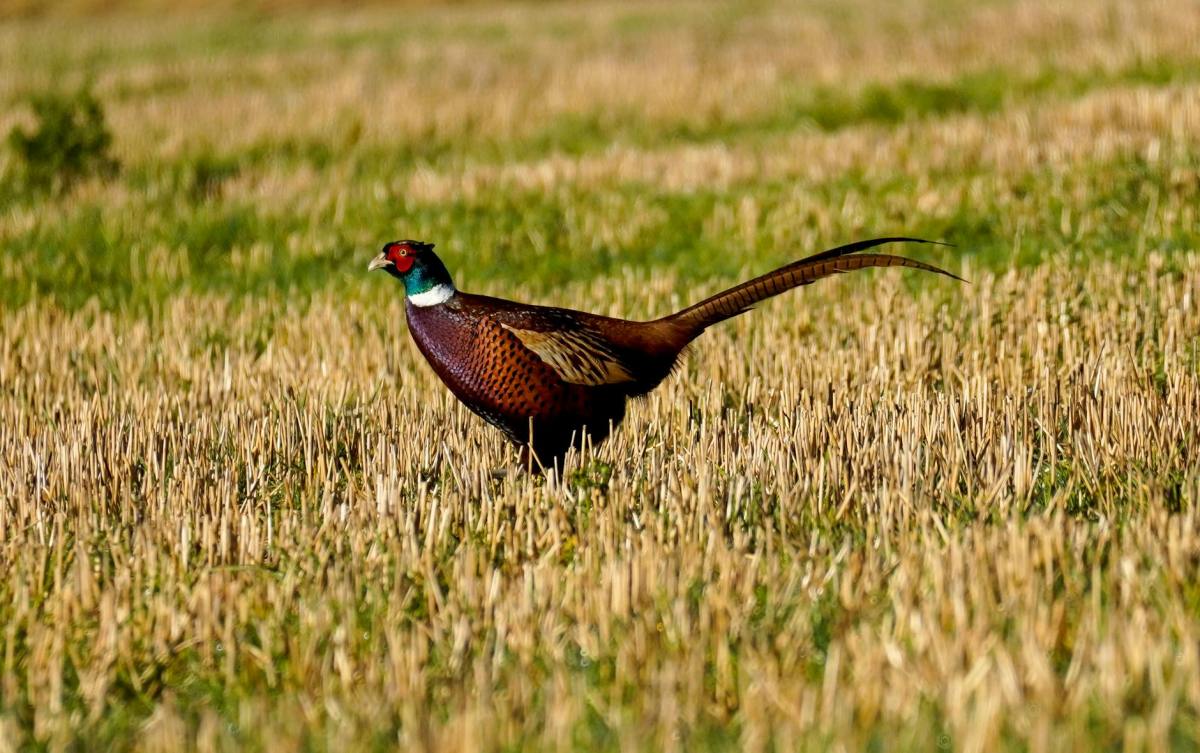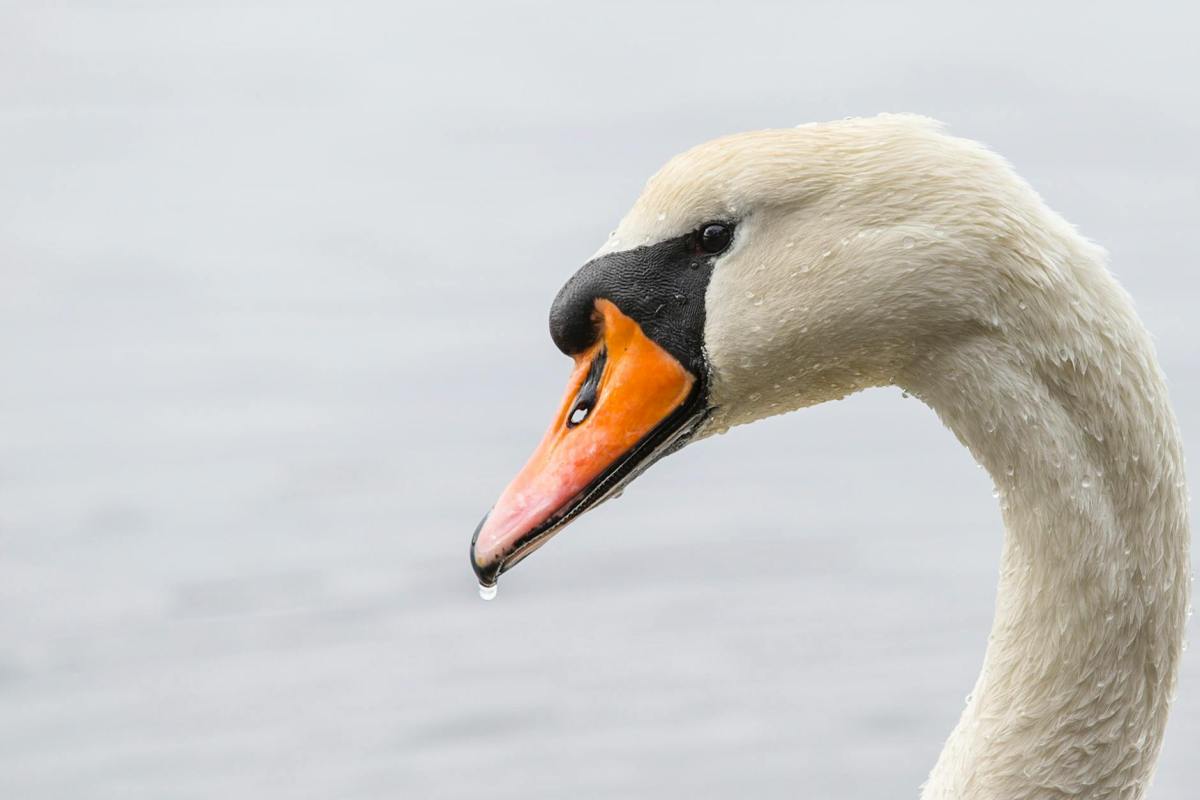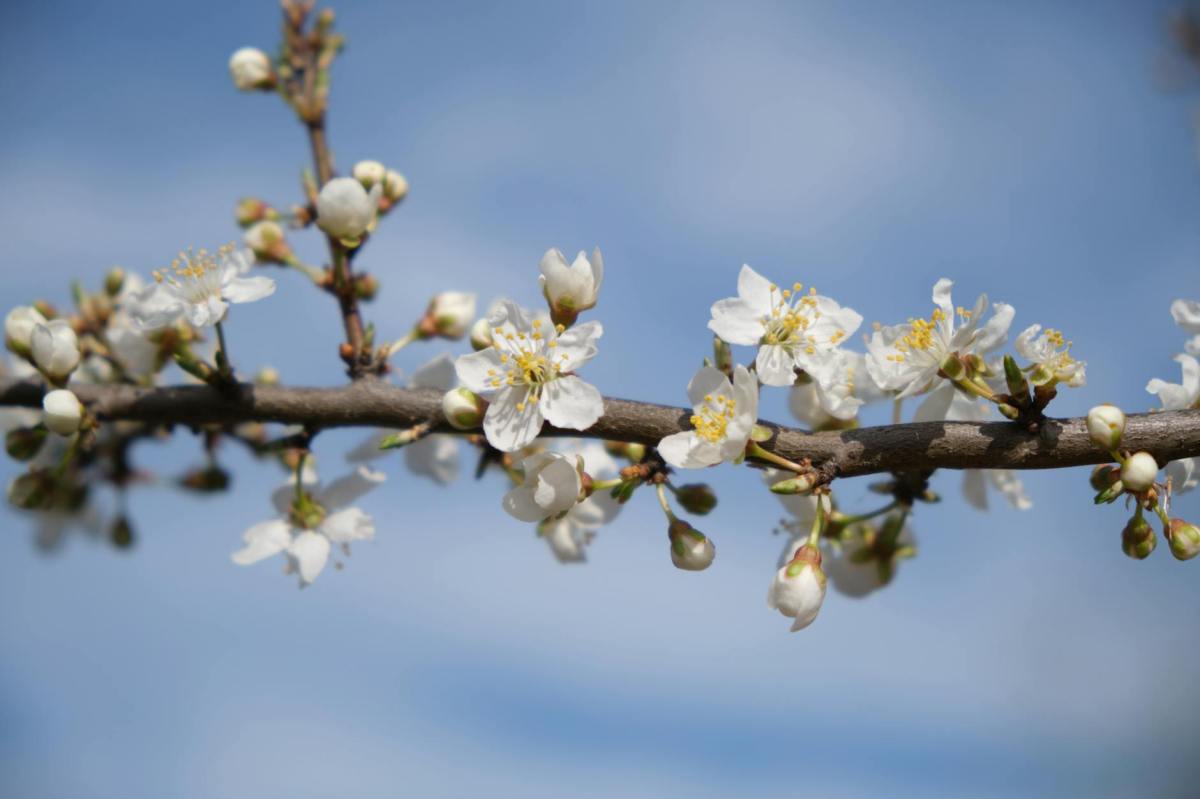It’s a wonder to me that common Pheasants[1] survive at all in the wild. I guess they are of a certain size that means there are not so many predators in the English countryside. Their greatest predator is us. Males are particularly colourful and stately in appearance. Quite unlike the Canadian Geese who inhabit the riverbank, Pheasants walk like well-dressed gentlemen on their way to the theatre. They rarely take to the air. It’s such an inconvenience. They don’t so much dive and swoop as much as hop and jump.
Here we have a bird that surveys the world from the roof of our small garden shed. He likes the garden fence as much as plodding around on the lawn. Never troubled by the other bird life, it’s as if he’s related to royalty. Male Pheasants are definite show-offs.
A lot of UK Pheasants are reared for shooting. They are “non-native” birds. That doesn’t seem so much like sport to me. It’s more like shooting fish in a barrel. Love that wonderful idiom. The lack of self-awareness exhibited by the male Pheasant that visits us suggests that shooting him would be a pointless exercise. It would just be a way of covering the ground with lead shot.
Now, that springs to mind a traditional tongue twisting rhyme, namely:
I’m not a pheasant plucker,
I’m a pheasant plucker’s son,
But I’ll keep on plucking pheasants
‘Till the pheasant plucker comes.
One thing to try is to say the rhyme slowly and then speed-up each time you repeat it. It’s bad enough for native English speakers to master that one.
That simple English rhyme has some heritage[2]. As a modern idiom the pheasant plucker can become a pleasant, well you fill in the next word. It has an “f” at the start. If we had wandering bands of minstrels in 21st Century England, then I’m sure they would make something of those more challenging words. It would probably be done on an iPad in a blackened-out bedroom and launched on social media first.
Maybe we need a cyberspace version of a cobbled stone village square where such nonsense can be attempted. One that’s not owned by a massive corporate proprietor determined to scrape advertising revenues out of it. A place for off-the-wall acts to test their metal. And not one that’s a desperate scrolling fest for bored fingers. Not so much a Tick and a Tock but a gather round experience, I’ve got something interesting to show you. A curious audience gathers and stays for more than 10 seconds. A lively cultural experience is put-on to delight and amuse.
Let’s just say our structing pheasant inspired this thought. From birdsmith to wordsmith.
[1] https://www.rspb.org.uk/birds-and-wildlife/pheasant
[2] https://www.learnarhyme.com/tongue-twisters/pheasant-plucker



